IRS Phasing Out Paper Checks: What Happens After September 30?
Avoid delays when IRS tax refunds and Social Security paper checks are cut off. Here’s what to know.

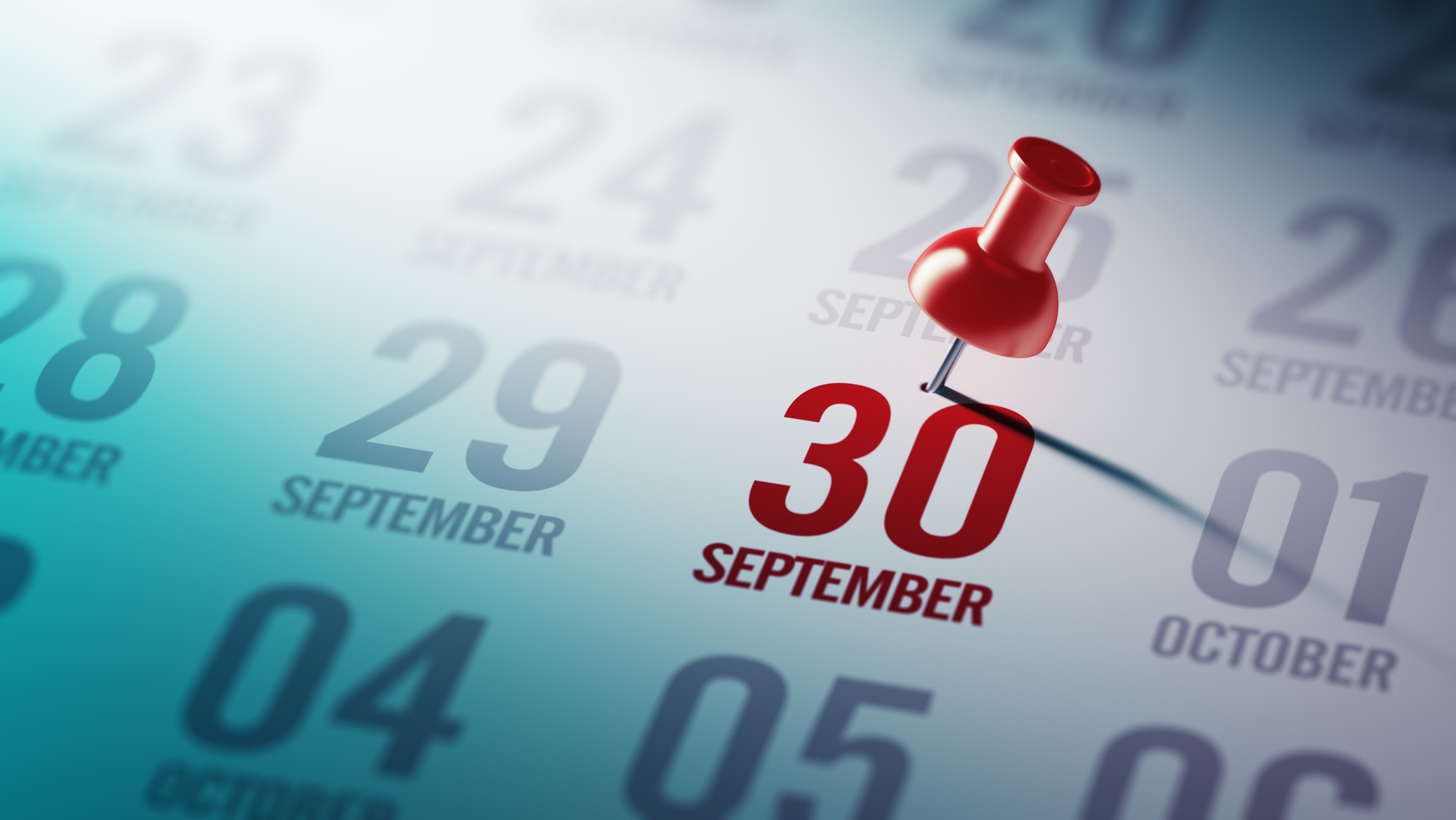
What do increased fraud, significant costs and operational inefficiencies all have in common? Paper checks, or, at least, those were the reasons cited when President Donald Trump issued an executive order earlier this year that mandated the federal government cease paper check payments.
The IRS, Social Security Administration (SSA), U.S. Department of Veterans Affairs and other federal government agencies are phasing out physical checks by September 30. Where does that leave you?
We’ll cover the ins and outs of what to know before the date approaches — so you can be prepared if you’re still receiving paper checks for tax refunds, Social Security benefits or other payments from the government.
From just $107.88 $24.99 for Kiplinger Personal Finance
Become a smarter, better informed investor. Subscribe from just $107.88 $24.99, plus get up to 4 Special Issues

Sign up for Kiplinger’s Free Newsletters
Profit and prosper with the best of expert advice on investing, taxes, retirement, personal finance and more - straight to your e-mail.
Profit and prosper with the best of expert advice - straight to your e-mail.
IRS Deadline September 30
- Generally, after September 30, 2025, the Treasury Department has said that all federal agencies will cease sending and receiving paper checks as a form of payment.
- However, there are ways to pay the IRS without a check and to get a tax refund without a bank account.
- Some individuals might be granted an exception to this rule through a waiver (PDF), particularly for those who receive Social Security benefits.
FAQs
Are paper checks going away?
In general, all federal agencies will phase out sending and receiving paper checks after the September 30 deadline. This includes:
- The Internal Revenue Service (IRS).
- Social Security Administration (SSA).
- Department of Veterans Affairs (VA).
- U.S. Department of the Treasury.
- U.S. Department of Labor (DOL).
- Railroad Retirement Board (RRB).
- Federal Motor Carrier Safety Administration (FMCSA).
Other federal government agencies that issue benefits will also cease sending and receiving physical check payments. That includes, for example, the Defense Finance and Accounting Service, the Bureau of Alcohol, Tobacco, and Firearms (TTB) and the Office of Personnel Management (Civil Service).
Why the shift to electronic payments?
According to the Bureau of Fiscal Service, check fraud has increased nationwide by 385% since the beginning of the COVID-19 pandemic. This fraud has impacted IRS and Social Security payments.
- Additionally, issuing paper checks is relatively expensive, costing the federal government about 50 cents per payment compared with an electronic funds transfer (EFT), which might cost less than 15 cents per check.
- Physical checks are also 16 times more likely to get “lost, stolen, altered or delayed,” making printed payment methods more inefficient than digital payments.
Can I still pay my taxes with a check?
Under the new rule, payments made to the federal government — including taxes and fees — generally must be made electronically. You might not be able to pay via check after September 30 (unless you qualify for a waiver — more on that later).
Instead, you can use the Electronic Federal Tax Payment System (EFTPS) to pay your federal taxes. Alternatively, you can pay your federal tax bill via IRS Direct Pay, through your online IRS account, or by way of debit card, credit card or digital wallet.
For more information, check out Kiplinger’s report How to Pay the IRS if You Owe Taxes.
Note: No action is required if you currently make or receive payments electronically during this transition.
How will I get my IRS tax refund?
If you typically receive a paper check for your federal tax refund, you'll need to set up a digital payment method:
- Direct Deposit into your bank account.
- Mobile payment app (such as PayPal).
- Directly into a reloadable prepaid debit card.
However, while some of these methods might be acceptable to the IRS, your state tax agency might have different rules and requirements for digital payments (or might still accept print checks).
Be sure to check your state’s Department of Revenue website to see which methods of payment are acceptable.
Related: Five Ways Trump’s 2025 Tax Bill Could Boost Your Tax Refund (or Shrink It)
Will Social Security benefits go away?
While printed Social Security checks are going away, Social Security benefits aren’t impacted. Social Security beneficiaries should set up one of the following payment options to ensure their checks are not interrupted after September 30, per the SSA:
- Direct deposit. Sign up to have funds transferred directly into your bank account. If you don’t have a bank account, the Treasury recommends opening one by visiting the FDIC website or MyCreditUnion.gov.
- Direct Express card. Use a prepaid debit card designed for federal benefit recipients.
You can enroll online for digital payments from several federal agencies (such as Social Security, Veterans Affairs, SSI, etc.) at GoDirect.gov or by calling Go Direct at 1-877-874-6347.
- But if you need assistance setting up your online payment method, you can also contact the SSA at 1-800-772-1213.
- Similarly, federal tax refund assistance can be reached via the IRS at 1-800-829-1040.
For all other federal agencies, visit the applicable website for potential ways to receive assistance setting up your digital payment.
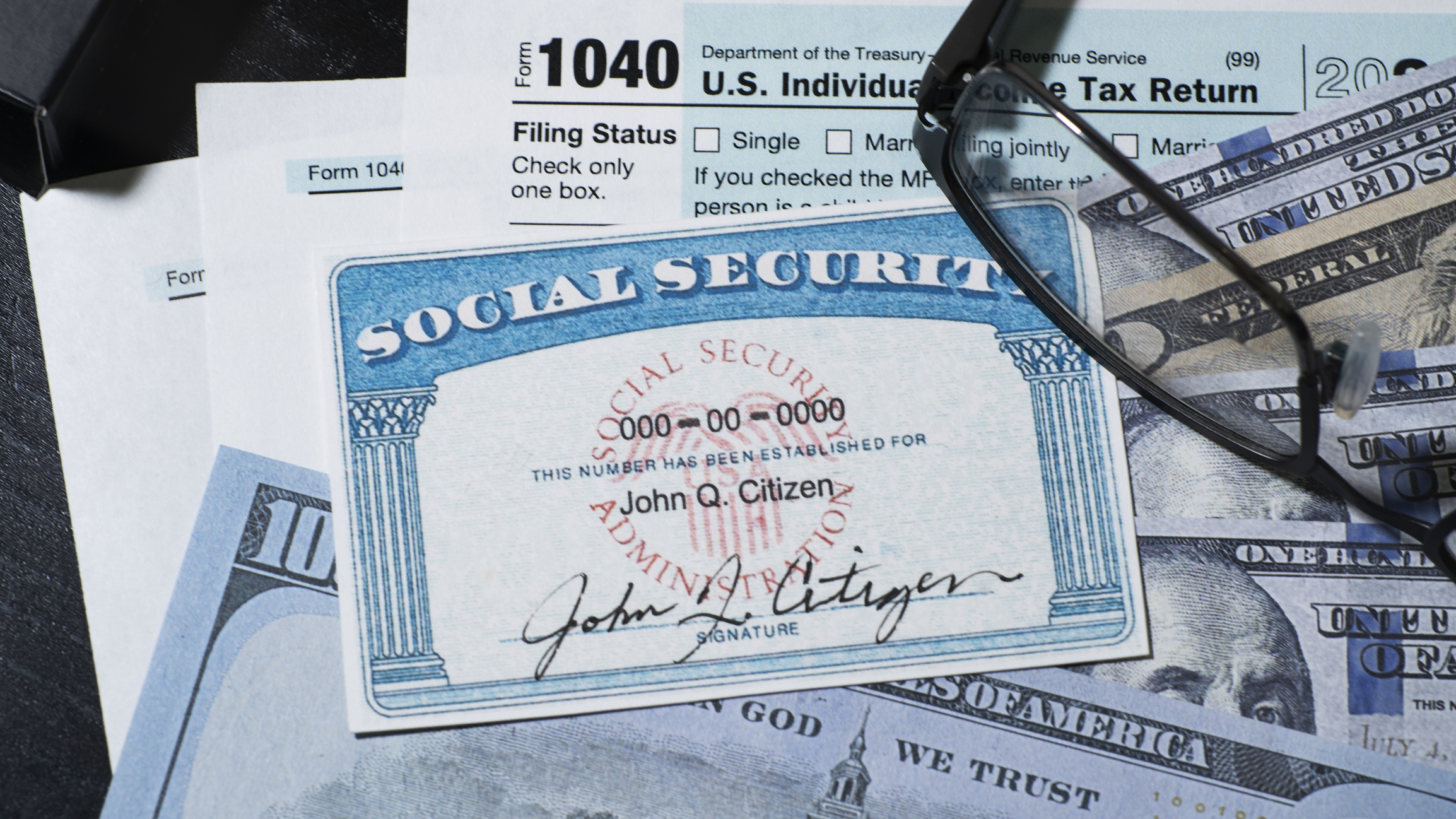
Tax refunds, Social Security benefits, and other paper checks issued from federal agencies will be impacted by the switch to paperless after September 30, 2025.
Will my Medicare premiums be affected?
Medicare premiums can be affected by the September 30 deadline if you currently pay your premiums by direct deduction from a paper Social Security check.
If you receive physical Social Security checks, it’s important to switch to an electronic payment method by the deadline to avoid delays or interruptions in your health coverage.
Otherwise, if you already pay your premiums directly to Medicare (for Part A and/or B) or to a private plan provider (Part C and D), no action is required. The same goes if you already have payments set up electronically.
What if I don't have a bank account?
You can use a Direct Express Prepaid Debit Card to receive digital payments from the SSA or the IRS if you don’t have a bank account, according to the U.S. Treasury.
The prepaid card functions similarly to a traditional debit card and has no enrollment fees, minimum balance requirements or credit checks for preapproval to get the card.
Alternatively, there might be limited exceptions for people who don't have bank accounts who need to receive Social Security benefits or an IRS tax refund via a physical check, per Trump via the executive order:
- Individuals without access to digital banking services (or other electronic payment systems).
- Emergency payments (those that could cause an undue hardship, like a FEMA disaster relief payment).
- National security matters.
These “rare circumstances” might also apply to beneficiaries of other federal agency checks, such as recipients from Veterans Affairs and the Civil Service.
What are the September 30 waiver requirements?
After September 30, you might be granted a waiver to continue receiving federal benefit payments by physical check. However, waivers are by application only and are issued at the discretion of the Treasury Electronic Payment Solution Center.
Here are the general waiver requirements (you must meet one):
- Mental impairment. You have a documented mental disability that makes it difficult to manage electronic payments.
- Remote location. You’re living in a remote area that cannot support electronic banking.
Additionally, Go Direct (a program to help you set up digital payments for several federal benefits) states that print check recipients who are age 90 or older might be eligible for a waiver.
But these criteria generally apply to federal beneficiaries. If you need a waiver to make a payment to a federal agency, such as the IRS, reach out to that department directly for a potential exception.
Where’s the September 30 waiver form for Social Security benefits?
If you wish to continue receiving Social Security checks after the September 30 deadline, you might be eligible for a waiver. Here are the steps to apply:
- Call the U.S. Treasury's Electronic Payment Solution Waiver Line at 1-855-290-1545.
- Request an application over the phone.
- Alternatively, you can print and fill out FMS Form 1201W (PDF) to request a waiver to receive printed Social Security checks. Still, you must meet the strict eligibility requirements mentioned above.
What are the latest scams to look out for today?
Unfortunately, government officials are already issuing warnings about the high likelihood of scams emerging during the transition from paper to paperless checks.
To help protect yourself and your loved ones from potential scammers, remember these tips:
- No federal agency will contact you asking for your login or banking information. This includes via email, phone, or text message.
- Only update your payment information through official government sites like SSA.gov or IRS.gov.
- If in doubt, talk to a trusted friend, family member, or neighbor about any seemingly “urgent” messages coming from a federal agency.
Related: AI Tax Scams Target Middle and Older Adults: What to Know
Read More
- IRS Income Tax Refund Schedule for 2025
- New Bill Would End Taxes on Social Security Benefits
- IRS in Turmoil: Budget Cuts and Staff Shake-Ups Threaten Taxpayer Services
- Old Tax Rules for Social Security Are Costing Retirees Money
Profit and prosper with the best of Kiplinger's advice on investing, taxes, retirement, personal finance and much more. Delivered daily. Enter your email in the box and click Sign Me Up.

Kate is a CPA with experience in audit and technology. As a Tax Writer at Kiplinger, Kate believes that tax and finance news should meet people where they are today, across cultural, educational, and disciplinary backgrounds.
-
 Vesting, Catch-Ups and Roths: The 401(k) Knowledge Quiz
Vesting, Catch-Ups and Roths: The 401(k) Knowledge QuizQuiz Test your understanding of key 401(k) concepts with our quick quiz.
-
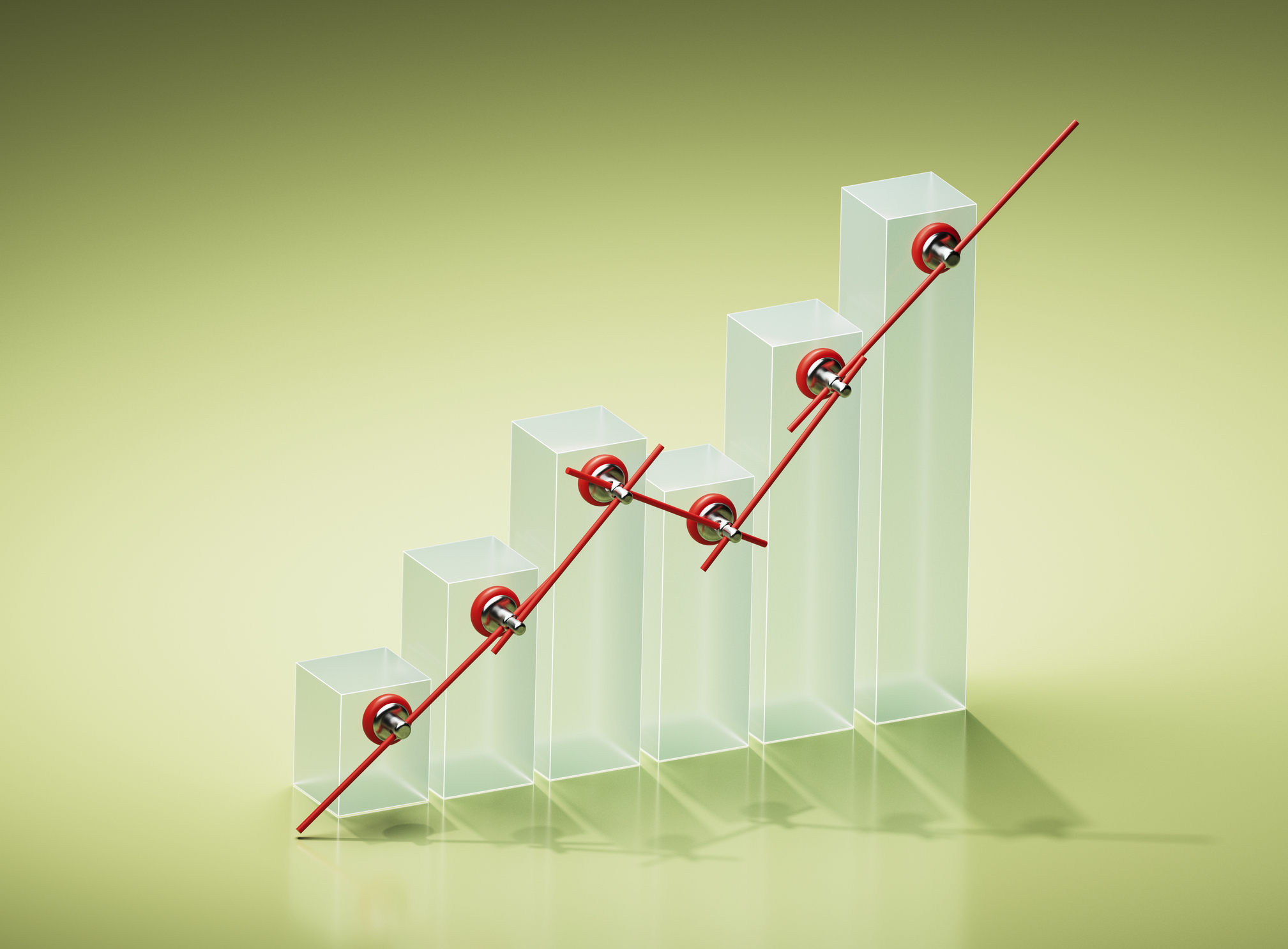 Why You Should Pay Attention to Company Guidance
Why You Should Pay Attention to Company GuidanceUnderstanding how corporate profit forecasts affect analysts’ estimates and stock ratings can help you make investment decisions.
-
 How to Protect Yourself and Others From a Troubled Adult Child
How to Protect Yourself and Others From a Troubled Adult ChildThis case of a violent adult son whose parents are in denial is an example of the extreme risks some parents face if they neglect essential safety precautions.
-
 Holiday Tax Scams 2025: 'Tis the Season to be Wary
Holiday Tax Scams 2025: 'Tis the Season to be WaryTax Scams Navigating tax tricks of the holiday season may be daunting, but don't let that destroy your festive spirit
-
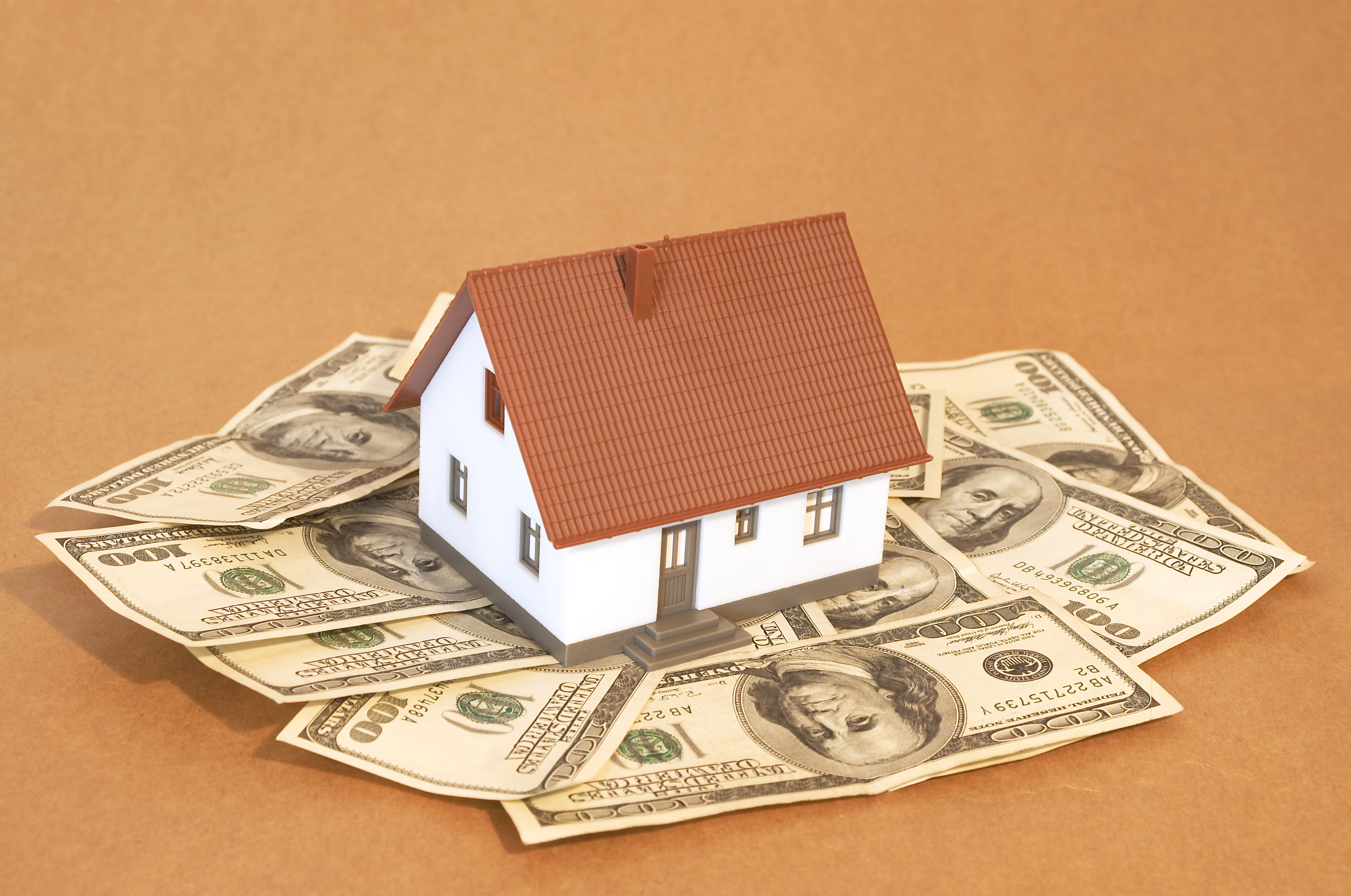 Retirees in These 7 States Could Pay Less Property Taxes Next Year
Retirees in These 7 States Could Pay Less Property Taxes Next YearState Taxes Retirement property tax bills could be up to 65% cheaper for some older adults in 2026. Do you qualify?
-
 Estate Tax Quiz: Can You Pass the Test on the 40% Federal Rate?
Estate Tax Quiz: Can You Pass the Test on the 40% Federal Rate?Quiz How well do you know the new 2026 IRS rules for wealth transfer and the specific tax brackets that affect your heirs? Let's find out!
-
 'The 'Mamdani Effect' in New York: Can the City Afford a Millionaire Tax?
'The 'Mamdani Effect' in New York: Can the City Afford a Millionaire Tax?State Tax Will higher income taxes drive the wealthy to flee New York in 2026?
-
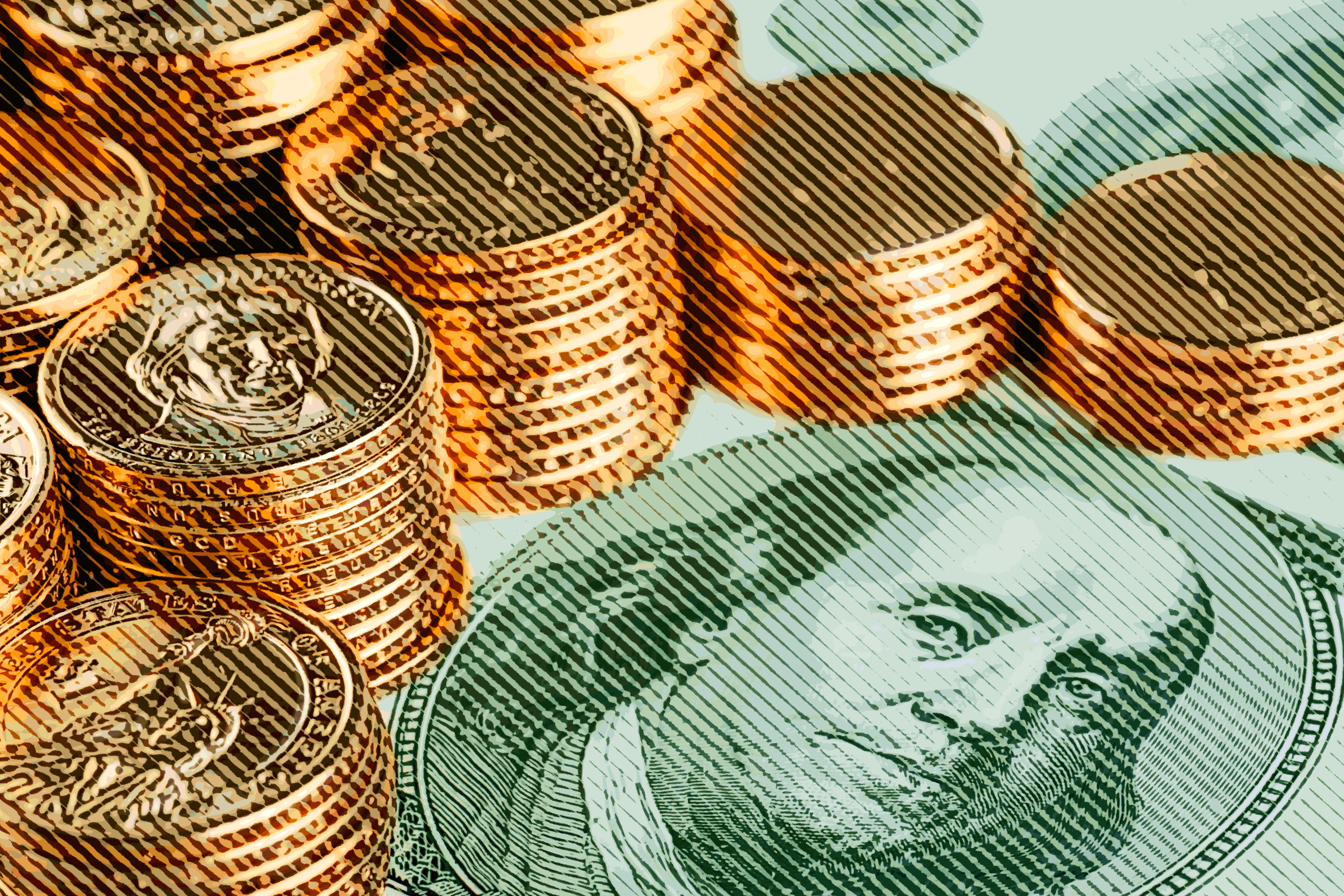 Law Reversal Looming? Trump Eyes 2026 Gambling Winnings Tax Change
Law Reversal Looming? Trump Eyes 2026 Gambling Winnings Tax ChangeTax Deductions It's no secret that the IRS is coming after your gambling winnings in 2026. But how long will that last?
-
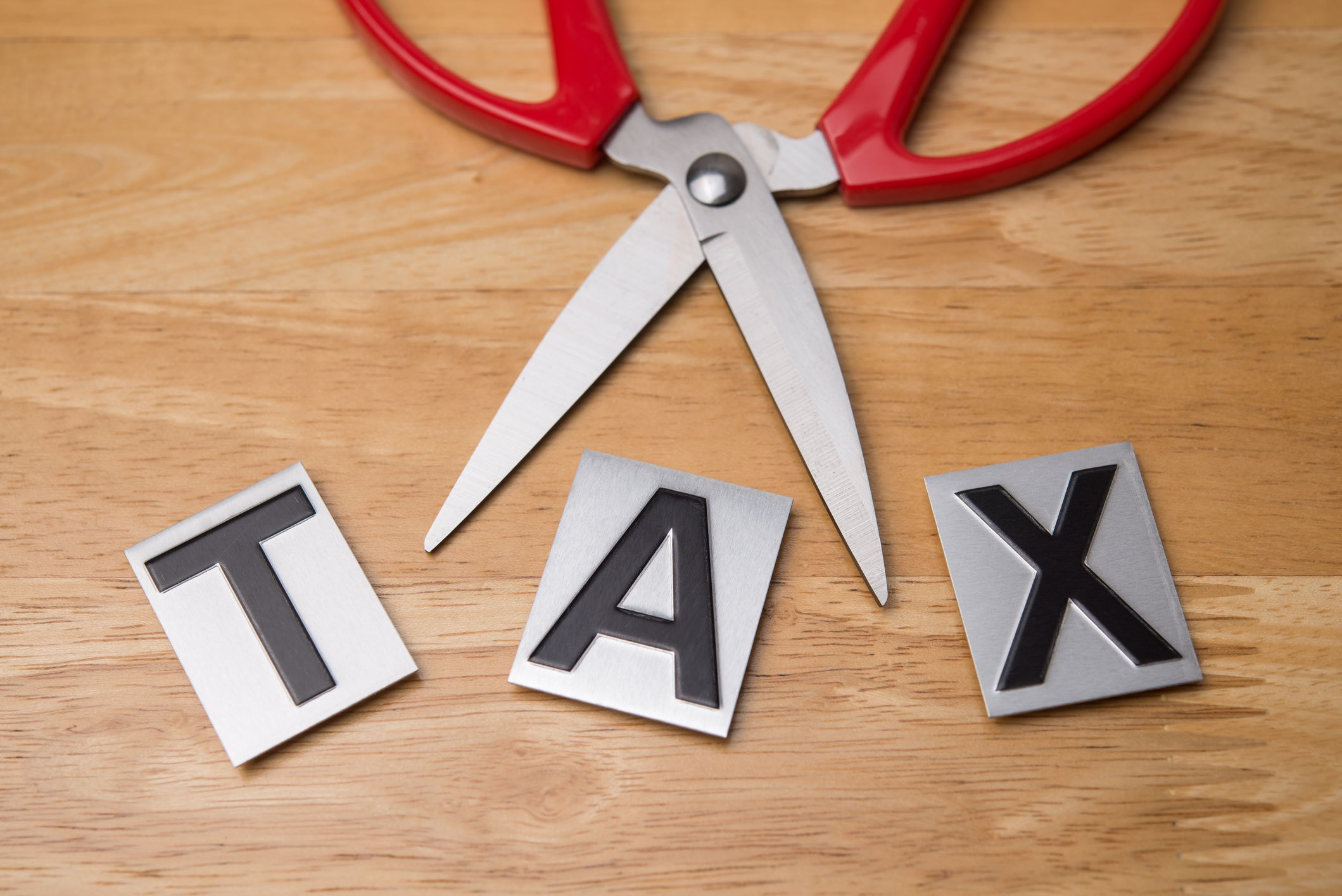 Trump's Plan to Eliminate Income Tax: 7 Things to Know Now
Trump's Plan to Eliminate Income Tax: 7 Things to Know NowTax Policy The potential consequences of eliminating taxes in favor of Trump tariffs could impact everything from inflation to Social Security and might give some U.S. taxpayers pause.
-
 5 Types of Gifts the IRS Won’t Tax: Even If They’re Big
5 Types of Gifts the IRS Won’t Tax: Even If They’re BigGift Tax Several categories of gifts don’t count toward annual gift tax limits. Here's what you need to know.
-
 The 'Scrooge' Strategy: How to Turn Your Old Junk Into a Tax Deduction
The 'Scrooge' Strategy: How to Turn Your Old Junk Into a Tax DeductionTax Deductions We break down the IRS rules for non-cash charitable contributions. Plus, here's a handy checklist before you donate to charity this year.